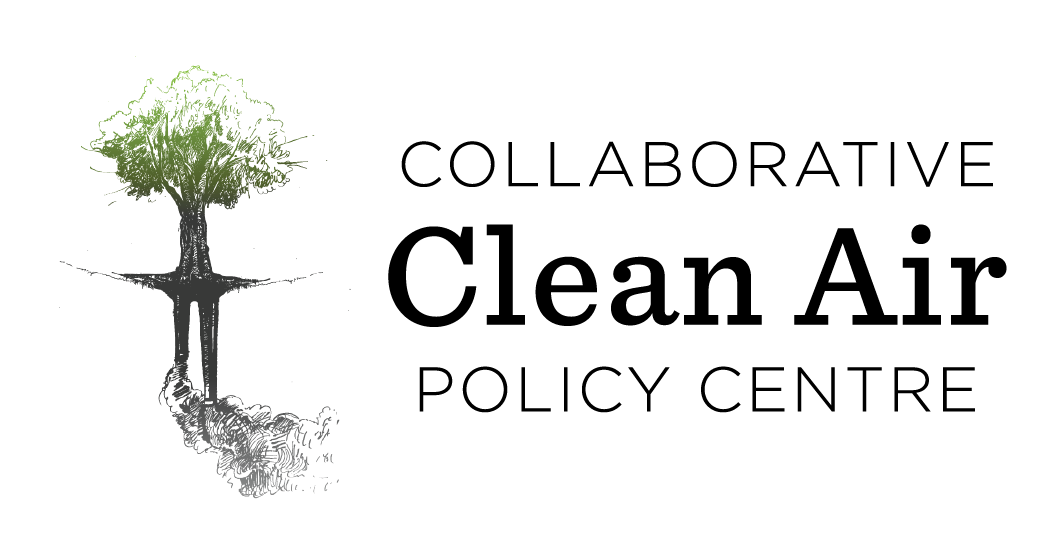About Us
The institutions forming CCAPC have a long history of research and publication in broad domains, including household and ambient air pollution, air quality forecasting, energy use and transitions, and environmental health. Select publications and links to additional resources from each institution are highlighted below.
The University of California Berkeley is represented by the Kirk R. Smith research group in the School of Public Health.* It addresses the relationships among environmental quality, health, resource use, development, and policy in developing countries, with a focus on the health effects of air pollution exposure in developing countries, particularly in women and children from household air pollution due to solid fuel use. Recent relevant publications:
- The Indian LPG Programmes: Globally Pioneering Initiatives. Kirk R. Smith, The Indian LPG Programmes: Globally Pioneering Initiatives, Chapter 5 in Bibek Debroy & Ashok Malik, eds, India@70; Modi@3.5, Wisdom Tree, New Delhi, 2017, 211 pp.
- India Leads the Way: A Health-Centered Strategy for Air Pollution. Sagar AD, Balakrishnan K, Chowdhury A, Guttikunda S, Smith KR, 2016, India leads the way: A health-centered strategy for air pollution, Environ Health Perspect 124(7): A116-117.
*Through an MOU with Sri Ramachandra Medical College and Research Institute (Deemed to be University).
Indian Institute of Technology Delhi
The Indian Institute of Technology Delhi, one of India’s leading engineering education and research institutions, is represented by its Center of Excellence in Science, Technology, and Public Policy. Recent publications:
- Making the clean available: Escaping India’s Chula Trap. Smith KR, Sagar A. Making the clean available: Escaping India’s Chulha Trap, Energy Policy, Volume 75, December 2014, Pages 410-414, http://dx.doi.org/10.1016/j.enpol.2014.09.024.
- Policy making for renewable energy in India: lessons from wind and solar power sectors. Chaudhary, A., Krishna, C., & Sagar, A. (2013). Policy making for renewable energy in India: lessons from wind and solar power sectors. Climate Policy, 15(1), 58–87. http://doi.org/10.1080/14693062.2014.941318
Faculty of Public Health
The Department of Environmental Health Engineering at Sri Ramachandra Medical College and Research Institute (Deemed to be University)
(Deemed to be University) is an accredited Center for Advanced Research on Environmental Health, (ICMR, Govt. of India) and WHO Collaborating Center for Occupational and Environmental Health. Dr. Kalpana Balakrishnan's research group has led numerous exposure assessments and health effects studies in India that have contributed to improved understandings of the linkages between exposure and disease and that have developed methods to improve exposure assessment precision and replicability. The group's work played an integral role in estimating global exposures to household air pollution for the Comparative Risk Assessment exercises of the Global Burden of Disease.
- State and national household concentrations of PM2.5 from solid cookfuel use: Results from measurements and modeling in India for estimation of the global burden of disease. Balakrishnan K, Ghosh S, Ganguli B, Sambandam S, Bruce NG, Barnes DF, Smith KR. (2013) State and national household concentrations of PM2.5 from solid cookfuel use: Results from measurements and modeling in India for estimation of the global burden of disease. Environmental Health 2013, 12:77 doi:10.1186/1476-069X-12-77
- Household Air Pollution Exposures of Pregnant Women Receiving Advanced Combustion Cookstoves in India: Implications for Intervention
Balakrishnan K, Sambandam S, Ghosh S, Mukhopadhyay K, Vaswani M, Arora NK, Darby J, Pillariseti A, Bates MN, Smith KR. Household Air Pollution Exposures of Pregnant Women Receiving Advanced Combustion Cookstoves in India: Implications for Intervention. Annals of Global Health 2015;81:375–385. doi:10.1016/j.aogh.2015.08.009
The Energy and Resources Institute is a non-governmental policy and research institute in India focused on creating innovative solutions for a sustainable future. One of its core research areas is indoor and ambient air pollution. The institute has used its monitoring and modelling based capacities to assess source contributions and their impacts on human health and agriculture. Based on scientific assessments, TERI has been providing policy inputs to the central and state governments in India for control of pollution at regional and urban scales.
- Sensitivity analysis of ground level ozone in India using WRF-CMAQ models. Sharma, S., Chatani, S., Mahtta, R, Goel, A.,Kumar, A., 2016, Sensitivity analysis of ground level ozone in India using WRF-CMAQ models, Atmospheric Environment, 131, 29-40.
- Emission inventory of non-methane volatile organic compounds from anthropogenic sources in India. Sharma S., Goel A., Gupta D., Kumar A., Mishra A., Kundu S., Chatani S., Klimont Z., 2015, Emission inventory of non-methane volatile organic compounds from anthropogenic sources in India, 2015, Atmospheric Environment, 102, 209-219.
UrbanEmissions.info was founded by Dr. Sarath Guttikunda in 2007 with the vision to be a repository of information, research, and analysis related to air pollution. UrbanEmissions.Info has four objectives: sharing knowledge on air pollution, science-based air quality analysis, advocacy and awareness raising on air quality management, and building partnerships locally, nationally, and internationally.
- Air quality forecasts for India and Delhi (2016) – these are short-term multi-pollutant forecasts for 640 districts in India and specifically for Delhi at a finer resolution of 1km, including modeled source contributions for the next three days. Specific details for Delhi are available @ http://www.delhiairquality.info
- India – Air Pollution Knowledge Assessment (APnA) city program (2017) is an attempt to fill the vacuum of air pollution related information for Indian cities, so that policy makers and citizens can begin working towards improving the quality of air in these cities. Details @ http://www.urbanemissions.info/india-apna






